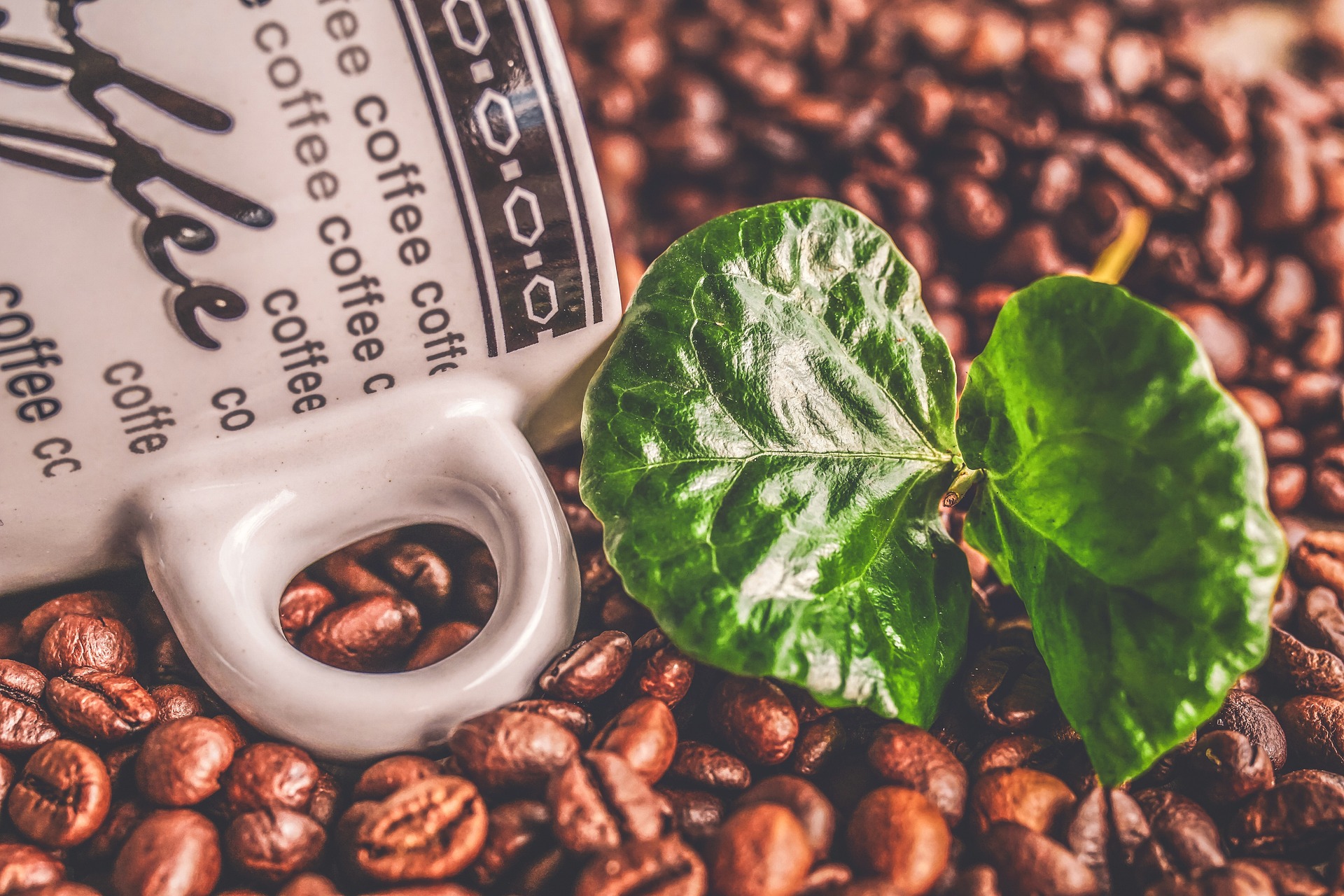Every day, millions of people enjoy a cup of coffee, but most of us just toss the used grounds.
This common practice contributes to environmental issues, as coffee grounds emit methane in landfills.
Instead of throwing them away, why not repurpose these grounds in creative and eco-friendly ways?
From enriching your garden to freshening up your home, there are countless uses for leftover coffee grounds.
Here’s how you can make a positive impact with something you usually throw away.
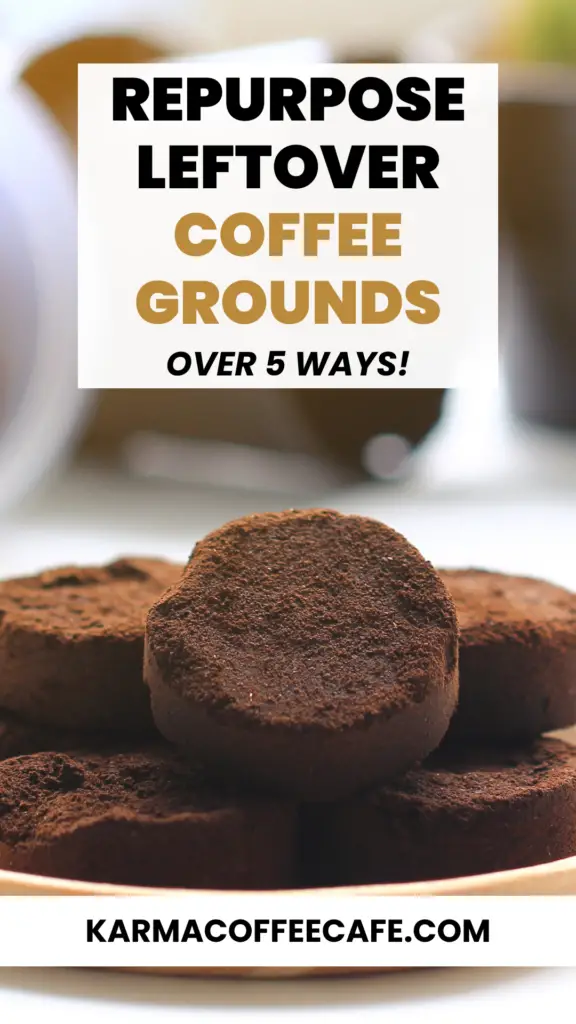
Environmental Benefits
Reducing Landfill Waste
When coffee grounds are thrown away, they end up in landfills.
There, they decompose and release methane, a potent greenhouse gas.
By reusing coffee grounds, we can reduce the amount of waste in landfills and the associated methane emissions.
This simple act can make a significant difference in lowering our carbon footprint.
Composting
Adding coffee grounds to compost is a fantastic way to enrich the soil.
Coffee grounds are rich in nitrogen, which is essential for healthy plant growth.
When mixed with other compost materials, coffee grounds help to balance the carbon-to-nitrogen ratio.
This balance is crucial for the composting process, as it promotes microbial activity that breaks down organic matter into nutrient-rich compost.
The nitrogen in coffee grounds accelerates the decomposition of compost materials.
This results in faster compost production, providing you with rich, fertile soil sooner.
The compost enriched with coffee grounds can be used to fertilize gardens, improving soil structure and plant health.
Moreover, composting coffee grounds helps to divert organic waste from landfills, further reducing methane emissions.
1. Household Uses
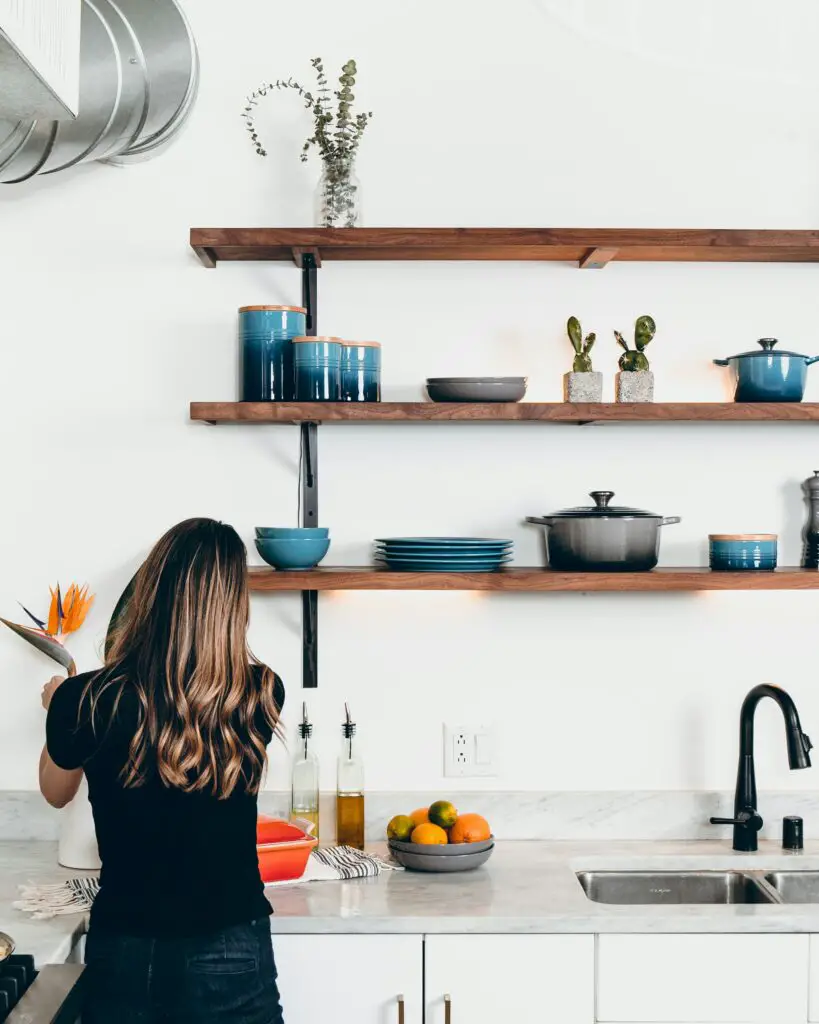
Odor Neutralizer
Refrigerator and Freezer Deodorizer
Coffee grounds are excellent at absorbing odors.
Place a small bowl of dried, used coffee grounds in your refrigerator or freezer.
The grounds will neutralize strong smells, keeping your fridge fresh.
Hand Deodorizer for Removing Strong Food Odors
Cooking with garlic, onions, or fish can leave your hands smelling unpleasant.
Rub a small amount of used coffee grounds on your hands and rinse with water.
The grounds will absorb the odors, leaving your hands clean and fresh.
Natural Cleaning Scrub
Scouring Pots, Pans, and Stovetops
The gritty texture of coffee grounds makes them perfect for scrubbing tough stains.
Sprinkle a handful of used grounds onto dirty pots, pans, or stovetops.
Use a damp sponge to scrub away food residue.
The natural abrasiveness will clean without damaging your cookware.
Cleaning Greasy Kitchen Surfaces
Coffee grounds can also help clean greasy kitchen surfaces.
Mix the grounds with a bit of water to form a paste.
Apply the paste to greasy spots and scrub with a sponge.
The grounds will help break down the grease, making it easier to clean.
Garbage Disposal Deodorizer
To keep your garbage disposal smelling fresh, make deodorizing tablets with coffee grounds.
Mix used coffee grounds with Epsom salt and baking soda.
Add a small amount of water to form a thick paste.
Mold the paste into small balls and let them dry completely.
Drop a tablet into your garbage disposal and run it with water to eliminate odors.
Fireplace Cleaner
Cleaning out a fireplace can be messy, but coffee grounds can help.
Sprinkle damp, used coffee grounds over the ashes in your fireplace.
The grounds will weigh down the ashes, preventing them from spreading as you clean. This makes the clean-up process quicker and less dusty.
2. Garden Uses
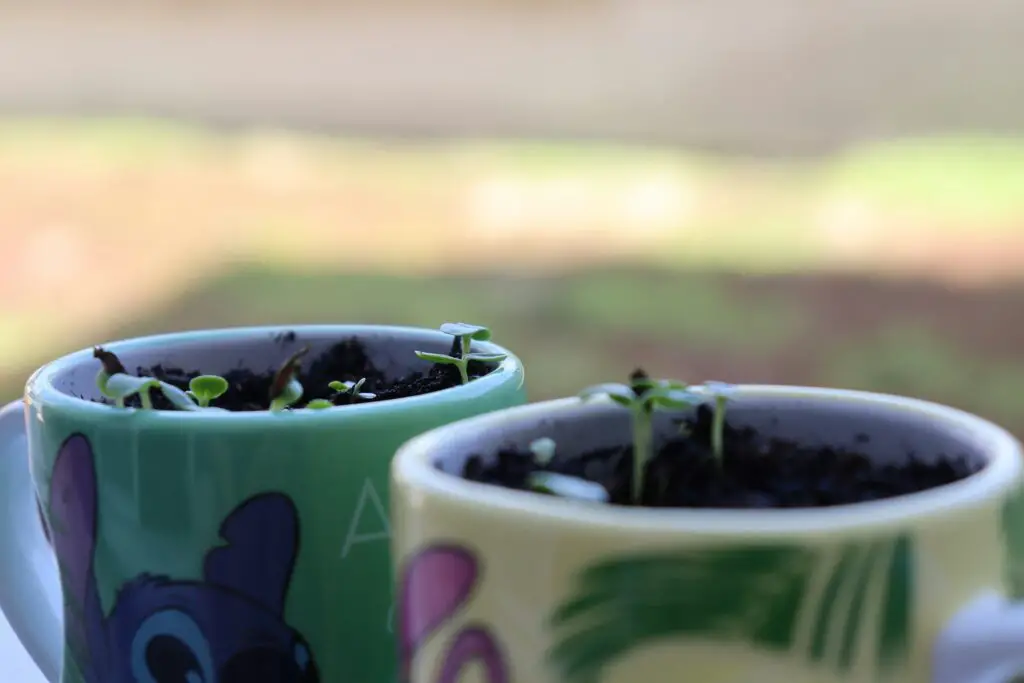
Fertilizer
Nutrient Content
Used coffee grounds are rich in essential nutrients that plants need to thrive.
They contain nitrogen, which is vital for plant growth, as well as potassium and phosphorus.
These nutrients help improve soil structure, promote healthy root development, and enhance overall plant health.
Application Methods
To use coffee grounds as fertilizer, simply sprinkle them directly onto the soil around your garden plants.
For houseplants, mix a small amount of coffee grounds into the potting soil.
Be cautious not to overdo it, as too much coffee can make the soil too acidic.
A thin layer of grounds every few weeks is sufficient.
You can also steep coffee grounds in water for a day or two to create a nutrient-rich liquid fertilizer.
Dilute this mixture and use it to water your plants.
Pest Repellent
Deterring Slugs, Snails, Ants, and Cats
Coffee grounds can help keep pests away from your garden.
The caffeine and other compounds in the grounds act as natural repellents.
To deter slugs and snails, sprinkle used coffee grounds around the base of your plants.
The rough texture and smell will keep these pests at bay.
Similarly, ants dislike the strong scent of coffee.
Spread coffee grounds along ant trails to disrupt their paths.
For gardeners dealing with neighborhood cats using their garden as a litter box, coffee grounds can be a simple solution.
Sprinkle the grounds around the perimeter of your garden.
Cats dislike the smell and will avoid the area.
Natural Flea Treatment for Pets
Coffee grounds can also be used to repel fleas on pets.
After shampooing your pet, rub a handful of used coffee grounds into their fur.
Be sure to rinse thoroughly to remove all the grounds, as they can be toxic if ingested by pets.
This treatment can help drive away fleas, but it should be used with caution and not as a primary flea control method.
Composting Supercharge
Enhancing the Composting Process
Adding coffee grounds to your compost pile can significantly enhance the composting process.
Coffee grounds are rich in nitrogen, which helps balance the carbon-to-nitrogen ratio in compost.
This balance is crucial for microbial activity that breaks down organic matter into compost.
Balancing Carbon-to-Nitrogen Ratio
To supercharge your compost with coffee grounds, mix them with other compost materials like leaves, grass clippings, and kitchen scraps.
This combination creates an ideal environment for decomposition.
The nitrogen from the coffee grounds accelerates the breakdown of organic materials, resulting in nutrient-rich compost that can be used to fertilize your garden.
Regularly turning the compost pile and maintaining the right moisture level will further enhance the composting process.
3. Personal Care

Exfoliating Scrub
Recipes for DIY Body and Facial Scrubs
Coffee grounds are excellent for making homemade scrubs.
For a simple body scrub, mix half a cup of used coffee grounds with a quarter cup of sugar and three to five tablespoons of olive oil.
Adjust the oil amount until the mixture sticks together.
For a facial scrub, mix coffee grounds with a bit of yogurt.
Apply these scrubs in the shower, gently massaging them onto your skin to exfoliate and remove dead cells.
Benefits of Antioxidants and Exfoliation
Coffee grounds contain antioxidants, which help fight free radicals and prevent skin damage.
The gritty texture of the grounds makes them an effective exfoliant, removing dirt and dead skin cells.
This leaves your skin feeling smooth and rejuvenated.
Regular exfoliation with coffee grounds can also improve circulation, giving your skin a healthy glow.
Hair Care
Using coffee grounds in your hair care routine can stimulate hair growth and add shine, especially for dark hair.
After shampooing, massage a handful of coffee grounds into your scalp.
This exfoliates the scalp, removes product buildup, and stimulates hair follicles.
Rinse thoroughly to remove all grounds.
For added shine, you can also mix coffee grounds with your conditioner before applying it to your hair.
Cellulite Treatment
Coffee grounds can help reduce the appearance of cellulite.
The caffeine in coffee dehydrates fat cells, making the skin appear smoother and firmer.
To make a cellulite treatment, mix used coffee grounds with coconut oil and apply the mixture to the affected areas.
Massage it in circular motions for a few minutes, then rinse off.
Regular use can help minimize the dimpled look of cellulite.
Under-eye Treatment
The caffeine and antioxidants in coffee grounds can also benefit the delicate skin under your eyes.
To reduce puffiness and dark circles, mix coffee grounds with a small amount of water or coconut oil to form a paste.
Apply the paste under your eyes and let it sit for about 10 minutes.
Rinse off with cold water.
This treatment helps to constrict blood vessels and reduce swelling, giving you a more refreshed look.
4. DIY Projects
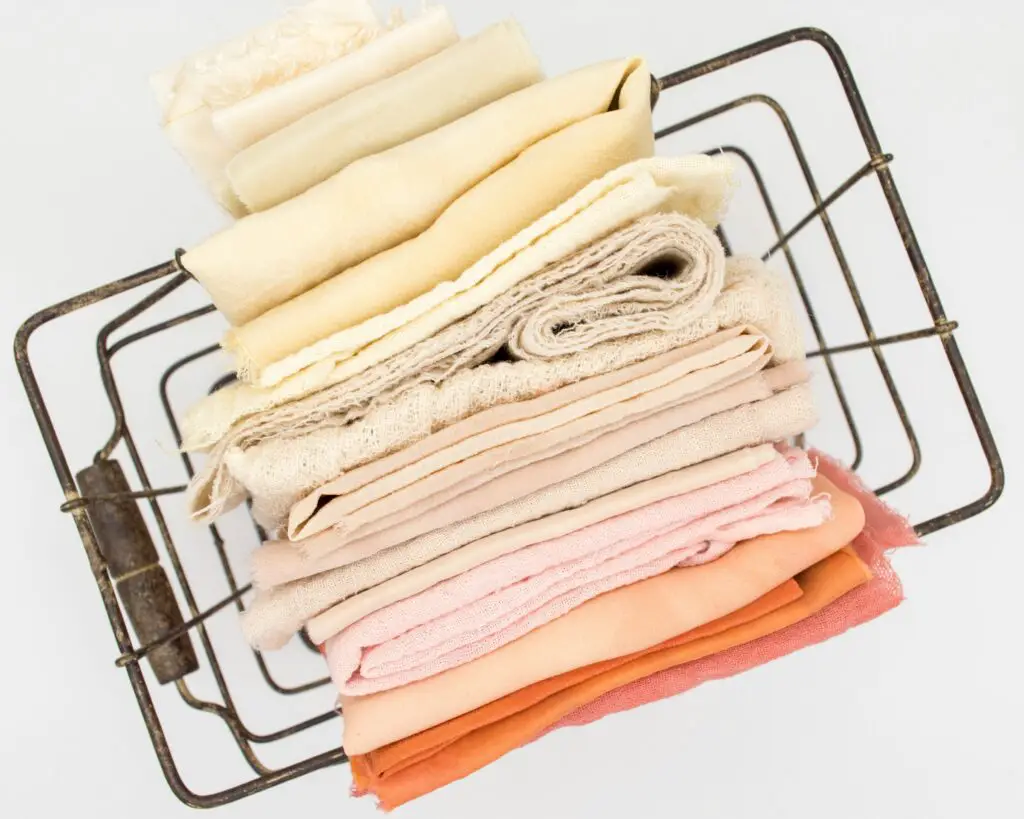
Natural Dye
Coffee grounds can be used as a natural dye, providing a rich, earthy color.
To dye fabrics, simmer used coffee grounds in water to extract the color.
Once the water turns dark, strain out the grounds and submerge your fabric into the liquid.
Let it soak until you achieve the desired shade, then rinse and dry.
For dyeing paper, follow the same process, dipping the paper into the coffee mixture and letting it dry.
You can also use coffee grounds to dye Easter eggs.
Boil the eggs with coffee grounds and a bit of vinegar to create beautiful, natural tones.
Coffee Grounds Candles
Creating coffee-scented candles is a fun and aromatic DIY project.
Start by melting candle wax in a double boiler.
Once melted, stir in dried coffee grounds and a few drops of vanilla extract for an extra touch of sweetness.
Pour the mixture into candle molds or jars, ensuring the wick is centered.
Let the candles cool and harden completely before trimming the wick.
When lit, these candles will fill your home with a warm, inviting coffee aroma.
Playdough for Kids
Incorporating coffee grounds into homemade playdough adds an interesting texture and smell, making it a fun sensory activity for kids.
To make coffee playdough, mix used coffee grounds with flour, salt, and a bit of water until you achieve a dough-like consistency.
You can add food coloring if desired.
This playdough not only entertains children but also teaches them about recycling and the importance of repurposing materials.
Artwork and Crafts
Coffee grounds can be a versatile material for various DIY crafts.
They can be used to create textured paintings by mixing the grounds with paint or glue and applying them to canvas.
Coffee grounds can also be used to make rustic paper by sprinkling them onto wet paper pulp before pressing and drying.
Additionally, you can create aged or antique effects on paper and fabric by rubbing them with used coffee grounds.
These projects are a great way to add a unique touch to your art while reusing a common household item.
5. Culinary Uses
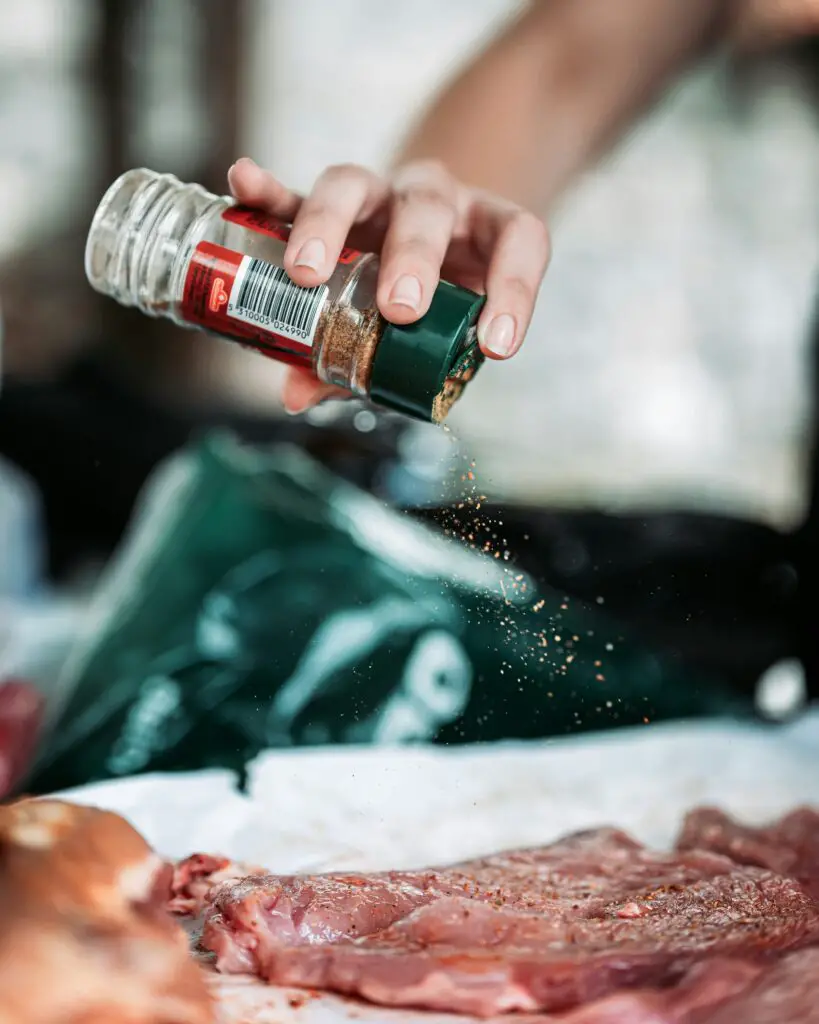
Cooking and Baking
Using Coffee Grounds as a Dry Rub for Meats and in Marinades
Coffee grounds can add depth and complexity to your cooking.
They make an excellent dry rub for meats.
Mix dried coffee grounds with your favorite spices, such as paprika, brown sugar, salt, and pepper.
Rub this mixture onto your meat before cooking.
The coffee grounds tenderize the meat and add a rich, smoky flavor.
For marinades, combine coffee grounds with oil, vinegar, garlic, and herbs.
Let the meat soak in the marinade for a few hours before cooking to absorb the flavors.
Adding Coffee Grounds to Chocolate Recipes for Enhanced Flavor
Coffee and chocolate are a match made in heaven.
The bitterness of coffee complements the sweetness of chocolate, enhancing its flavor.
You can add a tablespoon of finely ground coffee to your brownie, cake, or cookie batter.
This addition brings out the chocolate’s richness, making your desserts even more indulgent.
Try experimenting with different chocolate recipes to find the perfect balance of flavors.
Composting Kitchen Waste
Coffee grounds are a valuable addition to your kitchen compost.
They are rich in nitrogen, which is essential for plant growth.
By adding coffee grounds to your compost bin, you boost the nutrient content of your compost.
This helps create a balanced environment for decomposing organic matter.
To compost coffee grounds, simply mix them with other kitchen scraps like fruit peels, vegetable trimmings, and eggshells.
This combination will break down into nutrient-rich soil that you can use to fertilize your garden.
Regularly turning the compost and keeping it moist will speed up the decomposition process, providing you with rich compost sooner.
6. Miscellaneous Uses

De-icing Agent
In winter, icy walkways and driveways can be hazardous.
Instead of using salt, which can damage plants and concrete, try using coffee grounds.
The gritty texture of the grounds provides traction, helping to prevent slips and falls.
Simply sprinkle used coffee grounds on icy surfaces.
The dark color of the grounds also helps absorb sunlight, speeding up the melting process.
This eco-friendly method is a great way to repurpose coffee grounds while keeping your walkways safe.
Fishing Bait
Fishermen have found that coffee grounds can be useful for keeping bait worms alive longer.
The grounds provide a comfortable bedding and food source for the worms.
Additionally, some fishermen believe that the scent of coffee grounds attracts fish, making it easier to catch them.
To use coffee grounds as bait, mix a few scoops into the container with your worms.
This practice not only helps keep the worms healthy but may also improve your fishing success.
Homemade Cockroach Trap
Cockroaches are a common household pest, but coffee grounds can help you deal with them.
To make a homemade cockroach trap, fill a jar with water and add used coffee grounds.
Place the jar where you’ve seen cockroaches.
The scent of the coffee grounds attracts the roaches, but once they enter the jar, they are unable to escape and drown.
This simple, chemical-free solution is an effective way to reduce cockroach infestations using something you would otherwise throw away.
Conclusion
Coffee grounds have countless practical uses, from gardening and personal care to household cleaning and DIY projects.
By reusing them, you can reduce waste and benefit your home and garden in many ways.
Next time you brew a pot of coffee, think twice before discarding the grounds.
Explore creative ways to repurpose them and make a positive impact on the environment.


